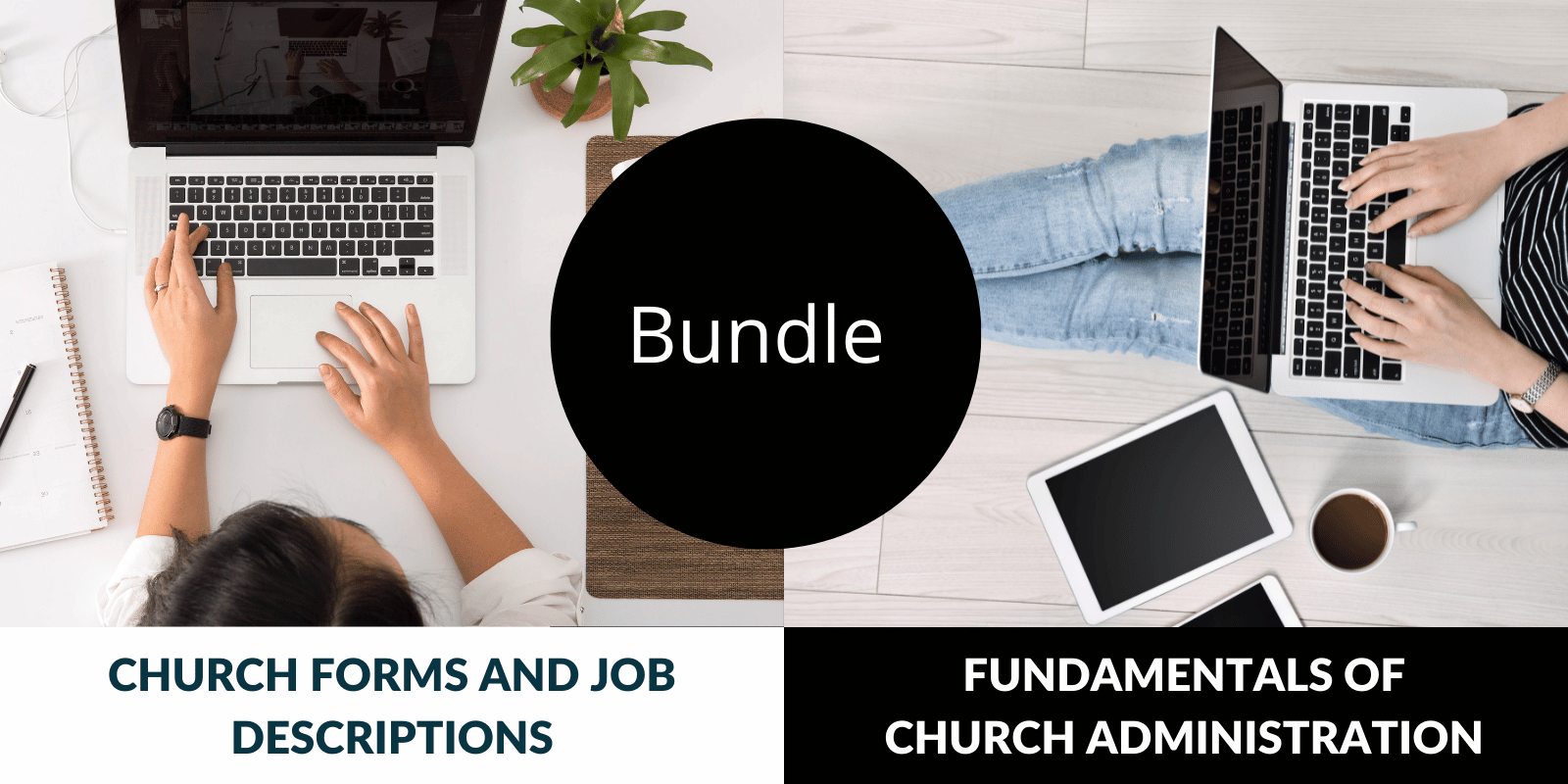Estimated reading time: 5 minutes
Churches have long used committees to help plan and make decisions for a church.
In Jim Collins’ book, Good to Great, he discusses using councils to help guide the organization.
Church councils are made up of the right people who discuss, debate, and make decisions about the administration and management of the organization.
People selected to serve on councils should have knowledge, experience, and a passion for the topic.
These knowledge experts are steered by the church board and used to facilitate a decision-making process that benefits the ministry.
Councils should have a clear charter, and someone should be assigned to facilitate the process.
This facilitator helps the council identify an appropriate team and create a team charter, ground rules, and goals.
This process gives the team some accountability and a set direction.
Councils should meet regularly and report to the church board.
6 Examples of Church Guiding Councils
1. Budget Review
The budget review council should be assigned to review monthly budget numbers, analyze budget variances, and approve non-budget expenditures.
This group is also responsible for meeting with church managers and creating the annual church budget.
The budgeting process forecasts annual revenues, fixed and flexible spending, and anticipates and budgets for large capital expenses.
This group is the financial think-tank and has an identified representative who reports to the church board.
2. Human Resources
The human resource council helps to ensure that policies, procedures, and processes are in place to support church personnel and volunteers and that the ministry complies with and operates within state and federal laws.
An HR council might also be responsible for reviewing job applications and approving applicants for the first round of interviews.
The HR Council is responsible for establishing employee pay grades and making decisions on employee benefits, policies, training, leadership development, job classifications, employee assistance programs, vacation approval process, compensation strategy, reward and recognition, and performance management.
This group’s greatest responsibility is to ensure that employees and volunteers have the resources and support to do their jobs.
3. Facility Review
The facility review council meets regularly to discuss strategies for facility management, identify facility update needs, and plan for future expansions or remodels.
This group also ensures that staff work areas meet employee job requirements and gives direction on standard furniture, décor colors, campus way-finding, and mechanical equipment needs.
For instance, this active oversight group is key to assisting the church in planning and executing sanitation protocols.
This council meets with the budget review committee to ensure large capital expenditures are budgeted and resources are available when needed.
4. Information Technology
The reliance on technology during this pandemic has been unprecedented. Most churches have some level of virtual services.
This would not be possible without a think-tank that helps identify those technology needs.
The information technology council ensures the church has the necessary technology to run its operations.
This may include recommending purchases such as audiovisual equipment for church services, computer software to operate children’s ministry, or assessing whether employees have the right computer equipment and software to perform their job duties.
This council also researches new technologies and ensures the church uses all available technologies to facilitate streamlined work processes.
For example, investing in electronic scanning systems for children’s ministry and adult classes can eliminate the need to input attendance information into the church database manually.

This council is also responsible for establishing ministry guidelines for replacing computers, setting guidelines for internet usage, employee training, communicating policies on employee personal use of church equipment, and establishing any other information technology policies and procedures.
5. Safety
A safety council ensures the church provides a safe environment for visitors and employees.
This is done by reviewing safety procedures for potentially dangerous activities by employees and volunteers.
This group should make routine campus rounds and proactively look for hazards that must be corrected.
This could be anything within buildings or outside grounds, such as electrical systems, walking surfaces, air quality, fire extinguishers, clutter in hallways, etc.
Proactively looking for things that could pose a threat of harm to employees or visitors can help avoid unnecessary injury.
6. Customer Experience
A customer experience council is responsible for seeking feedback from all customer groups—members, volunteers, and employees—and identifying ways to improve the experience.
This council may facilitate a formal feedback process, review feedback data, and develop improvement plans based on that data.
For example, this group may find that volunteers ask for a more structured training process because they don’t feel adequately trained to perform their duties.
Managing a church can be challenging, particularly with limited resources and the reliance on volunteer labor.
Identifying the right councils and the right people to help make recommendations and decisions for the operational side of the church allows a church to stay focused on key priorities and acts as an accountability tool for church leaders.
Access our newly released Church Administration Training bundled with our growing library of Church Forms, Documents, and Job Descriptions!



